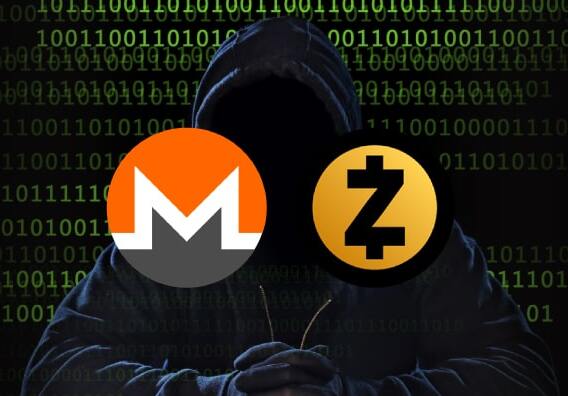
Yesterday we posted about how you can make NFT's on Monero and today we will cover big 3 reasons you should NOT do this 🧵
#monero #xmr
#monero #xmr
https://twitter.com/AnonShopApp/status/1625163407195541504
1. NFT's Hurt Monero's Privacy
Monero is a crypto project that is focused on privacy and NFT's on Monero could reduce this beloved privacy. The basic NFT system that we have created yesterday relies on the ability to track UTXO's.
Monero is a crypto project that is focused on privacy and NFT's on Monero could reduce this beloved privacy. The basic NFT system that we have created yesterday relies on the ability to track UTXO's.
If people began to publicize and track their UTXO's this would hurt everyone's privacy on Monero due to Monero's Ring Signatures. Ring Signatures pick random UTXO's to mix in with your transaction. This mixin hides the actual coin you are spending. 

If someone exposes their UTXO to be used in a NFT and your wallet chooses that UTXO, you would lose privacy. Your wallet would have to track the NFT exposed UTXO and exclude them from thier Ring Signature which would be a massive headache and maybe not possible in practice.
Reason #2 that you should not make Monero's NFTs is that implementing them would be very hard given Monero's complex cryptography and code base you could make a lot of mistakes and lose your NFT's. If you want to get started on the crypto,
checkout page 79 of Zero To Monero: rb.gy/2ewt3e. It is necessary to understand this cryptography to have any hope in building an effective NFT System on Monero. Getting help with this crypto would also be very hard due to the 3rd reason to not build NFT's on Monero. 

3. The Monero Community Would Fight You
The last but biggest reason to no make NFTs on Monero is that the community would fight you and try to change the code to stop you. Monero is not a slow and splintered community such as Bitcoin. Monero people care about privacy and
The last but biggest reason to no make NFTs on Monero is that the community would fight you and try to change the code to stop you. Monero is not a slow and splintered community such as Bitcoin. Monero people care about privacy and
would work against any project that threatened that. Our earlier point #1 shows how NFT's can hurt Monero's privacy. Some devs have already proposed placing a cap on tx_extra:
github.com/monero-project…
github.com/monero-project…
this cap would make NFT's on Monero much harder, but maybe still be possible. The Monero community would make changes like this quickly in order to protect Monero's privacy. Bitcoin does not have a cohesive community with a clear vision and goal, so it can not unite and
stop NFTs if it wanted to.
I hope this was an entertaining read for you into how Monero, NFTs, and privacy could interact.
If you like privacy and Monero you will also love the p2p Monero platform that we are building 😎
I hope this was an entertaining read for you into how Monero, NFTs, and privacy could interact.
If you like privacy and Monero you will also love the p2p Monero platform that we are building 😎
https://twitter.com/AnonShopApp/status/1622642238928080898
• • •
Missing some Tweet in this thread? You can try to
force a refresh

















